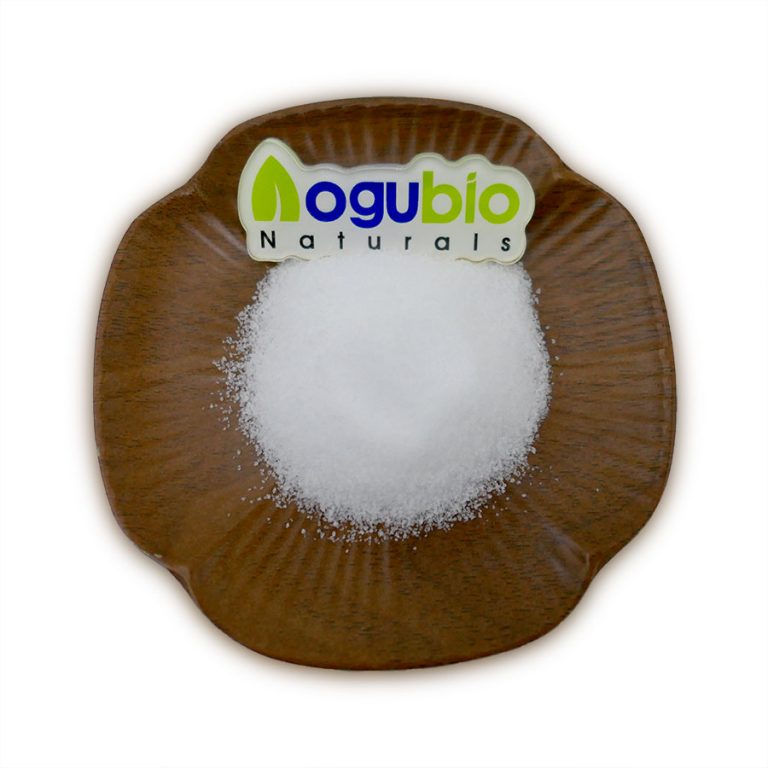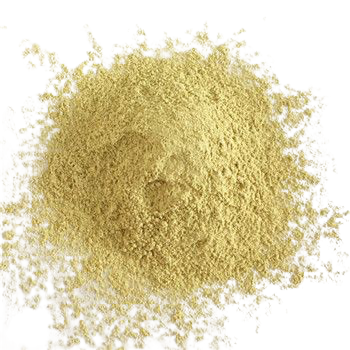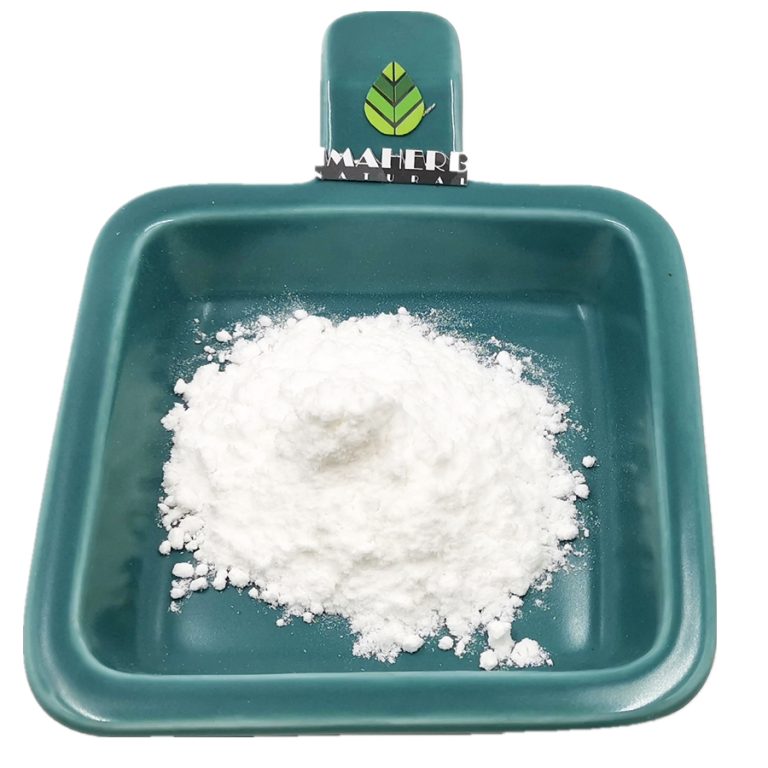|
Varuna(Crataeva nurvala) – Health Benefits and Side Effects
Botanical Name: Crataeva nurvala.
Other Common Names: Three leaved caper, barun, baruna, borun, crataeva, varun, bonna pithagola.
Habitat: Varuna is found throughout India, especially in sub-Alpine zones along streams and rivers.
It prefers a wet soil with a pH of 7, with abundant sunlight. It is found in abundance in Kerela, Madhya Pradesh, Bengal, and Assam.
Varuna is frequently found planted near temples, where it is cultivated for its healing qualities.
Plant Description: Crataeva nurvala is a medium-sized, deciduous tree which may reach a height of 50 feet. The bark is smooth and brown while the branches have white patches tinged with purple and yellow.
The leaves of the varuna are trifoliate, 8-12 cm long, with oval leaflets. The flowers are greenish-white, light yellowish or creamy colored, and are fragrant. The plant flowers in March and fruits in June.
The fruits are ovoid berries, 2.5 cm in diameter, resembling a lemon and ripening to a red color.
Plant Part Used: Bark, root bark, and leaves.
Health Benefits
The key constituents of crataeva nurvala are alkaloids; triterpenes; tannins; saponins; flavonoids; plant sterols; and glucosilinates.
The main health actions of crataeva nurvala are diuretic, antilithiatic, rubefacient (reddening the skin by producing hyperemia) and anti-inflammatory.
The bark of varuna is believed to have antioxidant, contraceptive, anti-inflammatory, antimicrobial, and urinary-renal supportive qualities, the root is laxative and lithinotriptic and the leaves are believed to be stomachic and tonic.
Side Effects and Possible Interactions of Varuna (Crataeva Nurvala)
Varuna bark and root appear to have very little evidence of toxicity when used in normal dosages. Herbal medicine is not meant to be an alternate or replacement for knowledgeable medical recommendation or care.
It should always be taken as per the instructions or directions of the physician or healthcare provider who is recommending its use.
Some reports indicate that topical leaf applications may cause blistering when used on a sensitive skin in human
|






















 skype
skype Sales Manager
Sales Manager Rebekah
Rebekah Rachel
Rachel Miranda
Miranda Camilla
Camilla
 Sales Manager
Sales Manager